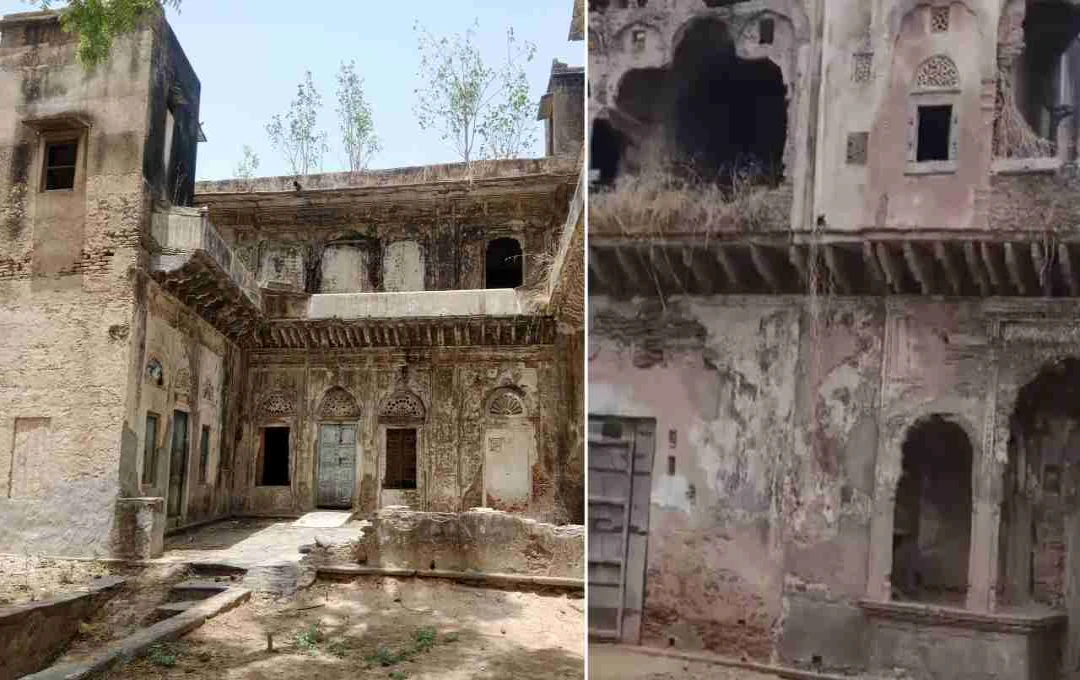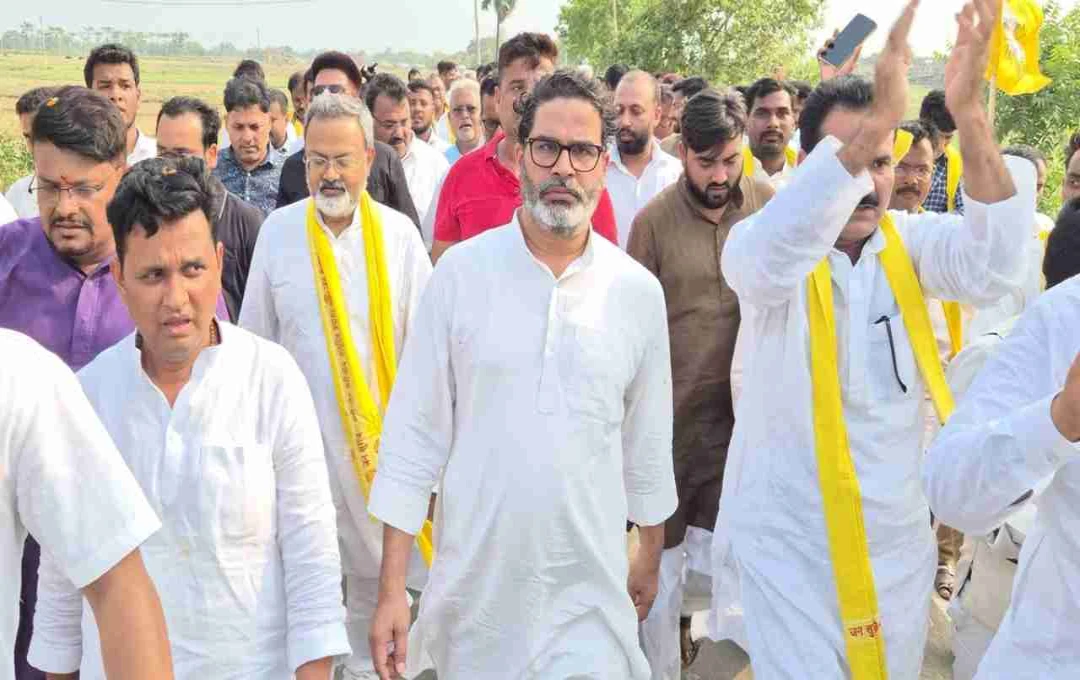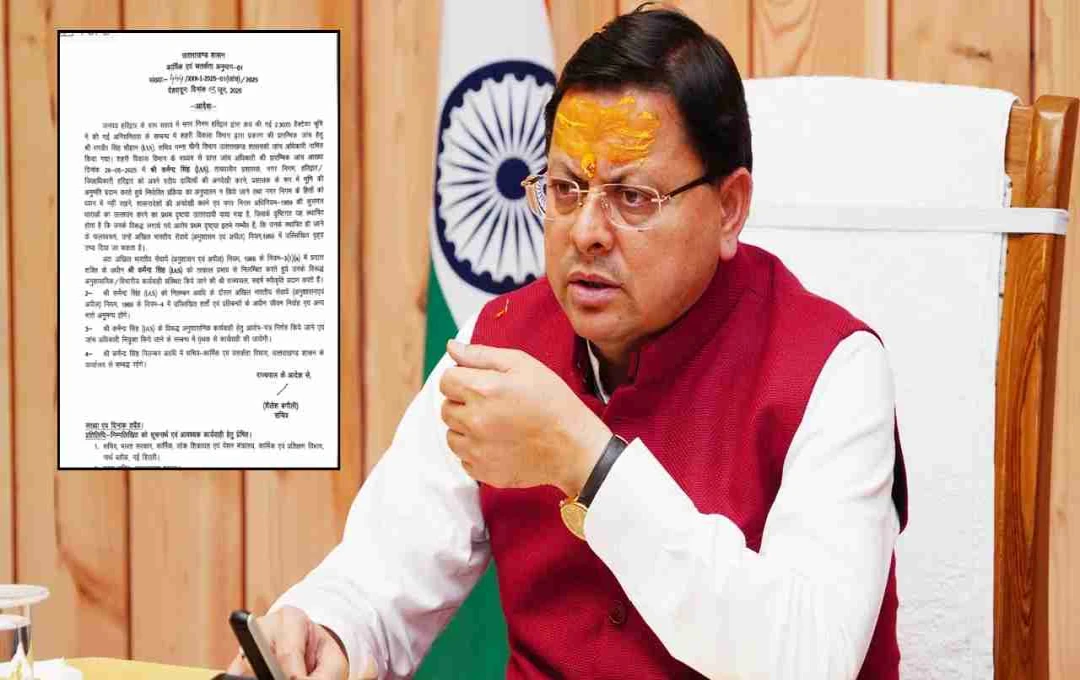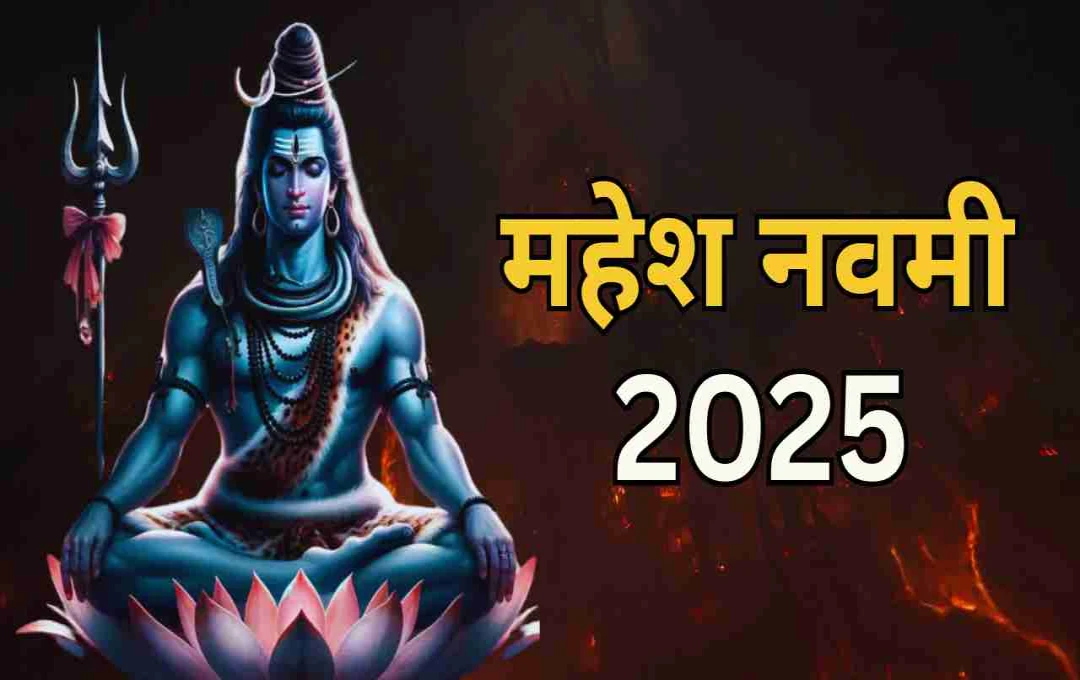In 1925, the Alwar state army fired upon villagers peacefully protesting against double taxation in Neemuchana village, killing over 250 people. This event is known as the "Jallianwala Bagh of Rajasthan."
Rajasthan: May 14, 1925, remains a dark chapter in the history of Neemuchana village, Alwar district, Rajasthan. On that day, the Alwar state army brutally fired upon villagers peacefully protesting against double taxation and exploitative zamindari practices. This horrific massacre resulted in the deaths of over 250 innocent villagers.
The event was so brutal that it came to be known as the "Jallianwala Bagh of Rajasthan." Even today, bullet marks on the village's houses and walls bear witness to that tragic day.
Protests against Double Taxation and the 'Bega Pratha'
At that time, farmers were burdened with double taxation and exploitative systems like the 'Bega Pratha,' a system forcing farmers to provide free labor to the state. Distressed by this, the villagers began a peaceful protest.
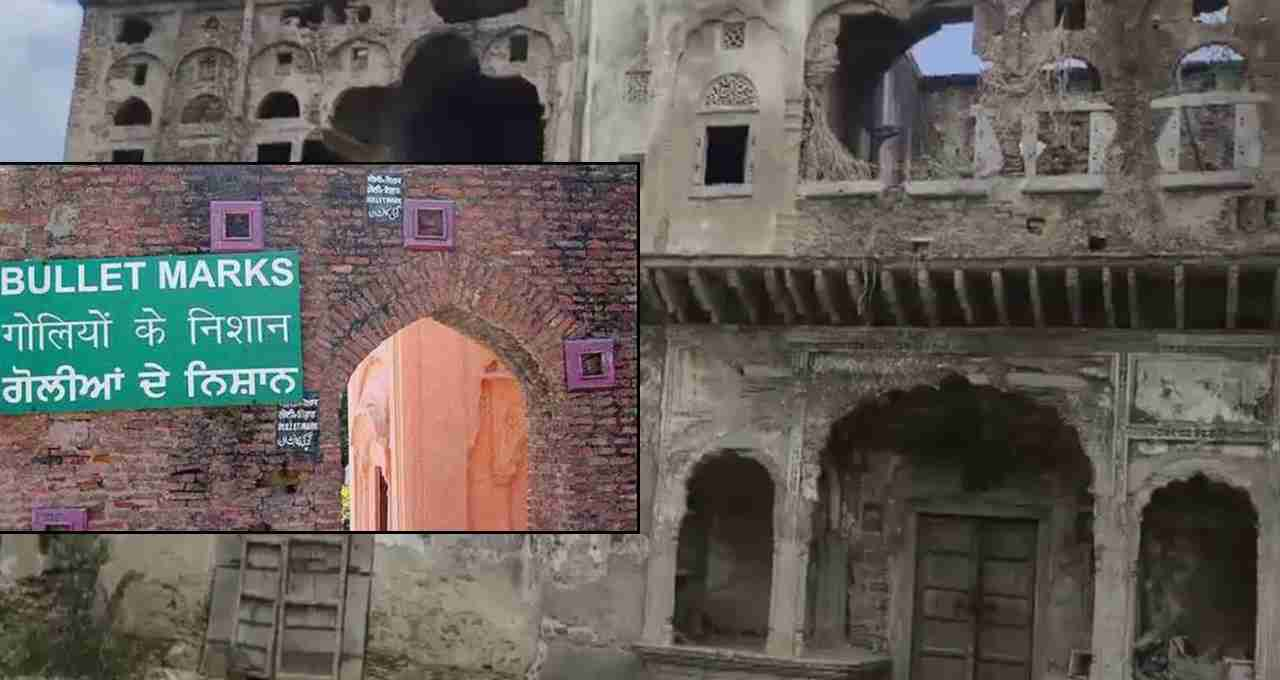
However, the Alwar state, instead of addressing the farmers' grievances, surrounded the village and ordered the firing.
The Massacre: Over 250 Innocent Lives Lost and the Village Burned
The hail of bullets shook Neemuchana village. Over 250 farmers died instantly, and more than 100 were severely injured. Furthermore, over 150 houses in the village were set ablaze. Even the livestock were not spared.
This massacre was a significant shock not only to Rajasthan but to the entire country.
Gandhiji called it a 'Second Jallianwala Bagh'
Following the Neemuchana incident, outrage spread across the nation. Mahatma Gandhi termed the event a "second Jallianwala Bagh" and bly condemned it at the 1926 Kanpur Congress session. Sardar Vallabhbhai Patel also reacted sharply to the massacre in a public address in Mumbai.
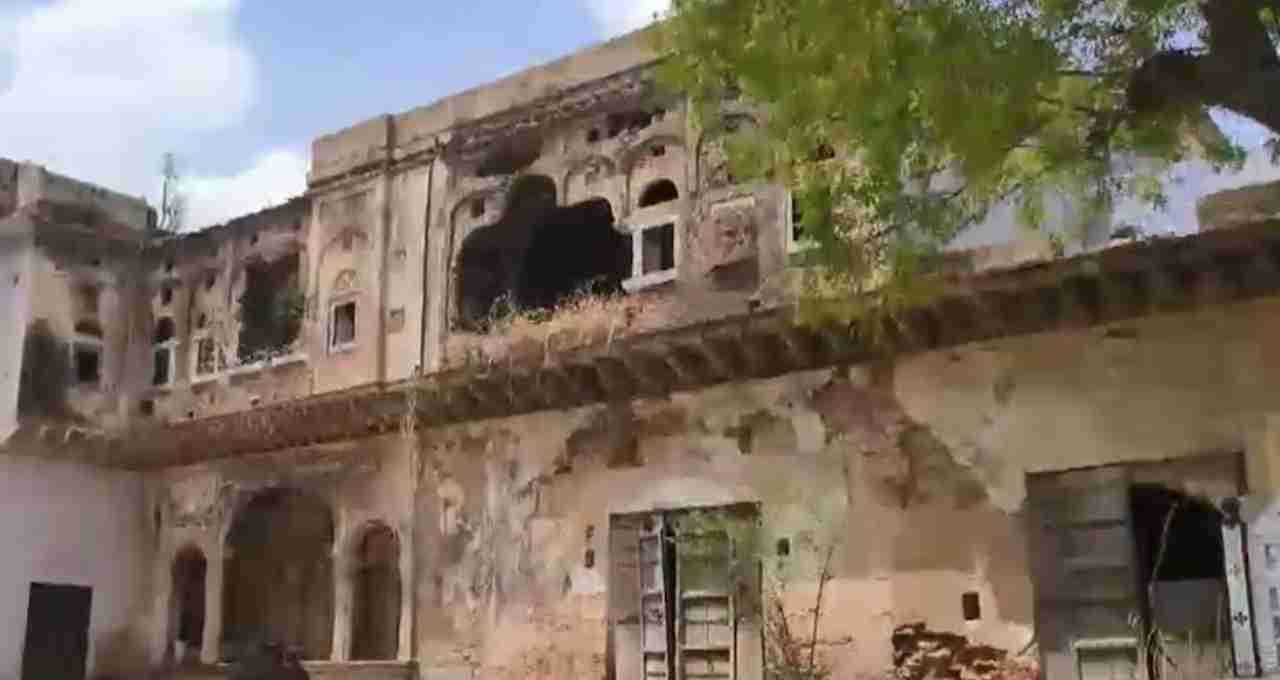
Due to widespread protests and public outcry, the Alwar state was forced to revoke the double taxation. The 'Bega Pratha' and other oppressive systems were also abolished.
Neemuchana: An Example of Peasant Resistance
The Neemuchana massacre became a significant example of the sacrifices and struggles of farmers in the freedom movement. It represents not just a single village's story but the voice of all of India, which stood firm against oppression and exploitation.
The Neemuchana incident proved that when the people unite against tyranny, even the most powerful authority must yield.
Wounds Remain, Demand for a Memorial Unfulfilled
Even today, bullet marks are visible on the houses and walls of Neemuchana village. Every year on May 14th, the villagers pay homage to the martyrs and remember that day.
Sadly, even after a century, this historical site has not been granted the status of a National Monument.
Villagers and social activists have repeatedly requested the government to build a Martyr Memorial here, similar to the Jallianwala Bagh memorial, but have only received assurances.
